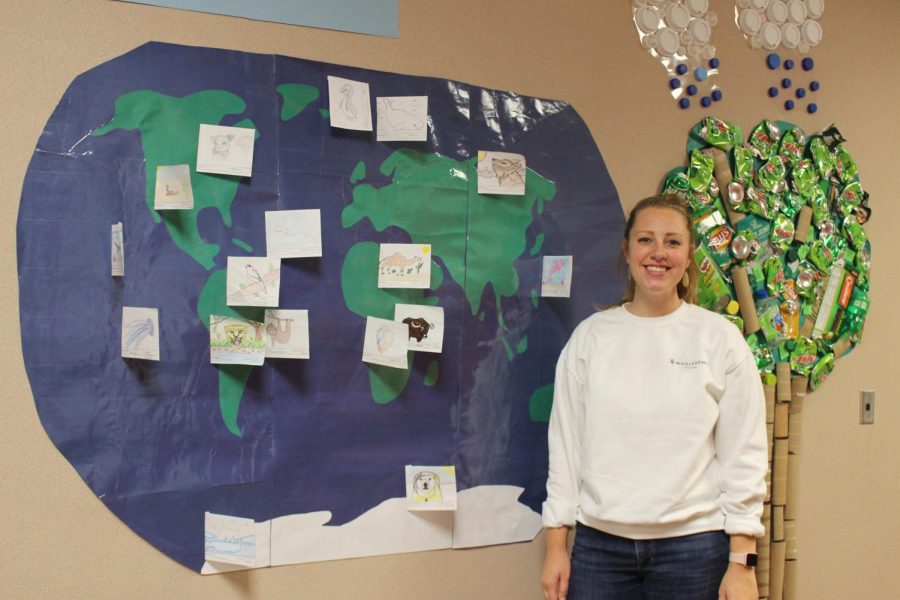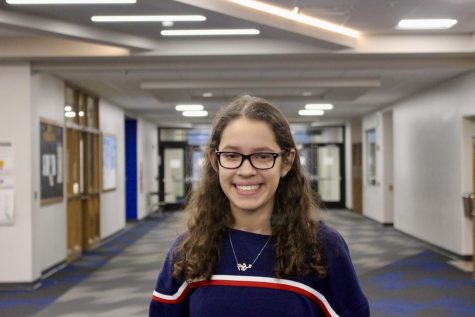What’s the deal with the Amazon rainforest fires?
Environmental Science teacher, Jenny Summers, explains why they were set and what it means.
Environmental Science teacher, Jenny Summers, shares a student project that is displayed outside her classroom on Friday, Oct. 11. Summers explains why the fires were set and what the effect will be.
October 11, 2019
The Amazon is well-known for its rainforests and its biodiversity, but in mid-August, it suffered a disaster. The rainforest that covers over 5.5 million square kilometers is now in danger as multiple wildfires have broken out.
The Amazon rainforest includes its thousands of rivers, river towns, and 19th-century architecture which are all under threat as these fires burn through forests recklessly. The Amazon that exists in nine developing nations has the potential to go from affecting many to affecting all.
In September, NASA , released data from their Ozone Mapping and Profiler Suite (OMPS) to illustrate the health of the ozone layer and the concentration of aerosols in the atmosphere. The highest level of aerosols, which could impact the health of people, were found off the southeastern coast of Brazil.
Many celebrities and well-known influencers such as Bernie Sanders and Lil Nas X have taken action by sharing a #PrayforAmazonia giving awareness along with millions of others as these wildfires destroy the rainforest at a rapid speed.
“I think it’s important for people to know and understand a couple things,” Jenny Summers, an Environmental Science teacher at Elkhart Memorial High School said. “First of all, the fires that we’re concerned about have been set intentionally, and are not being prosecuted by the Brazilian government.”
Summers then went on, to explain the fact that some people have set fires to clear land for farming because they are trying to combat poverty and starvation.
“All of this information is terrible,” Summers said. “but we also need to understand why people are doing this. Living so far away from the Amazon, it’s very easy for us to assume that the people cutting down the forests are doing it for ‘no good reason’.”
However, she also explained that while the intentions of those who set the fires may have been good, there could be long-lasting negative effects of their actions.
“Unfortunately, the soil in the Amazon isn’t actually good for farming – it doesn’t have the nutrients that plants need to grow for longer than a few years,” Summers said. “which means that after just a couple years of farming, the land can’t be used anymore. If we want the forest to grow back, it could take up to 40 years for each area that’s been deforested.”








